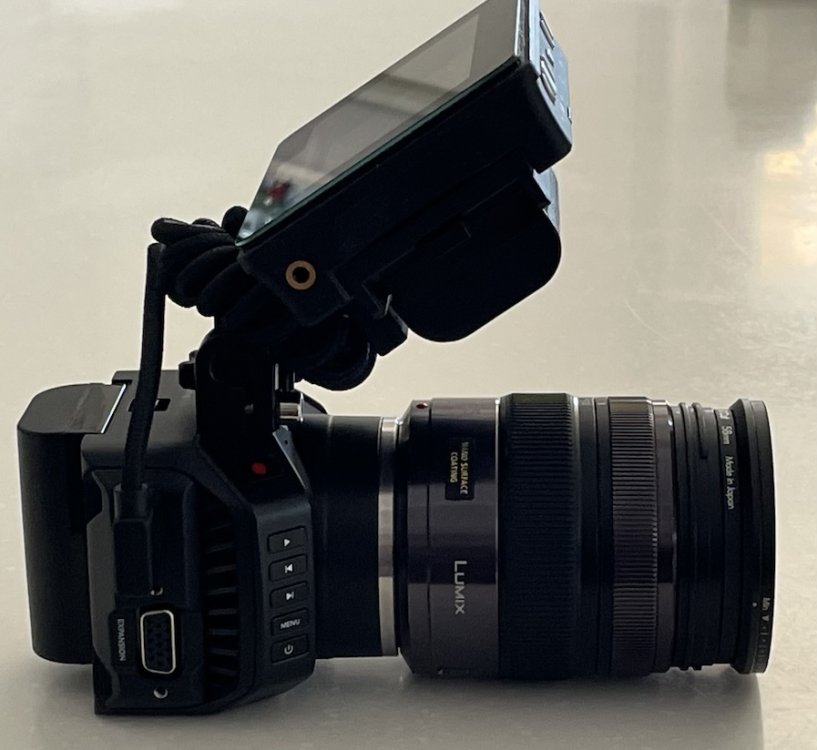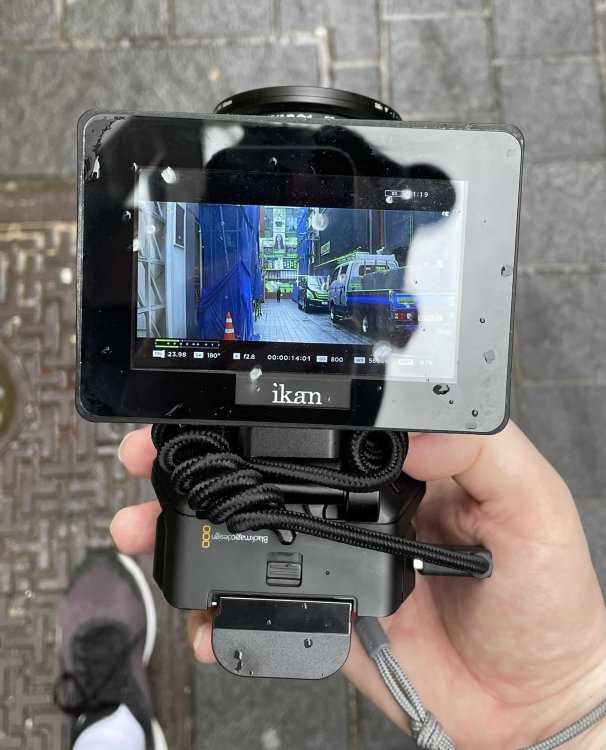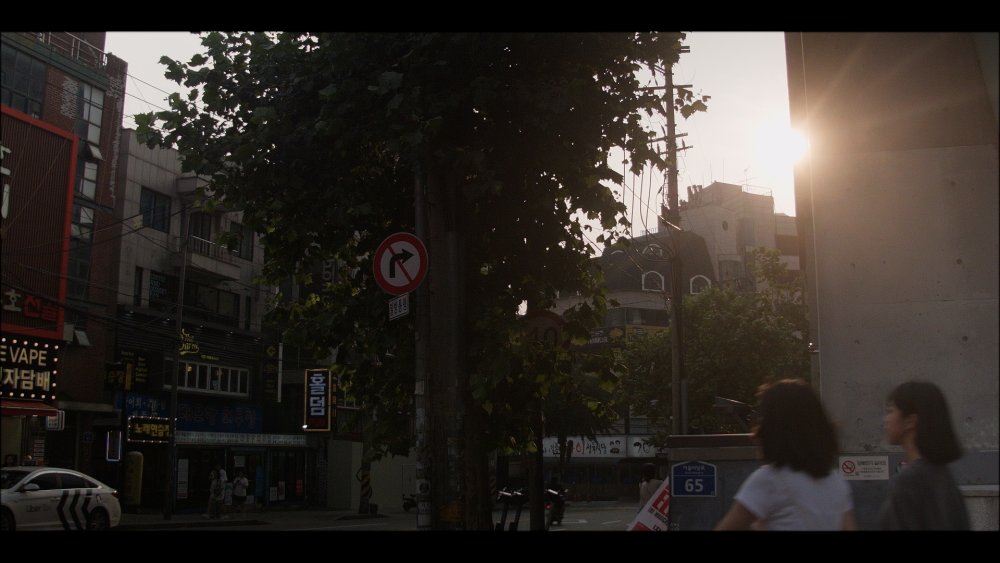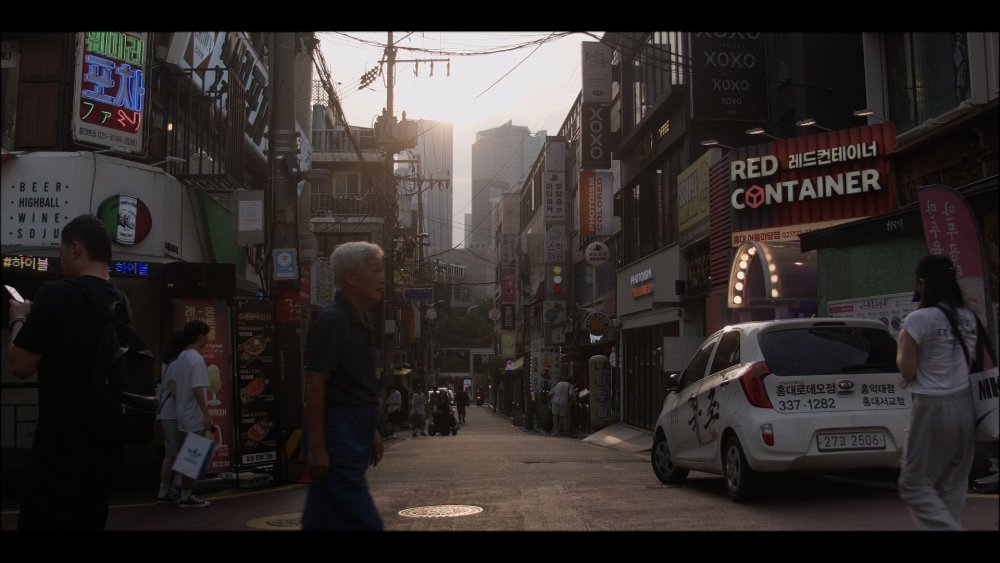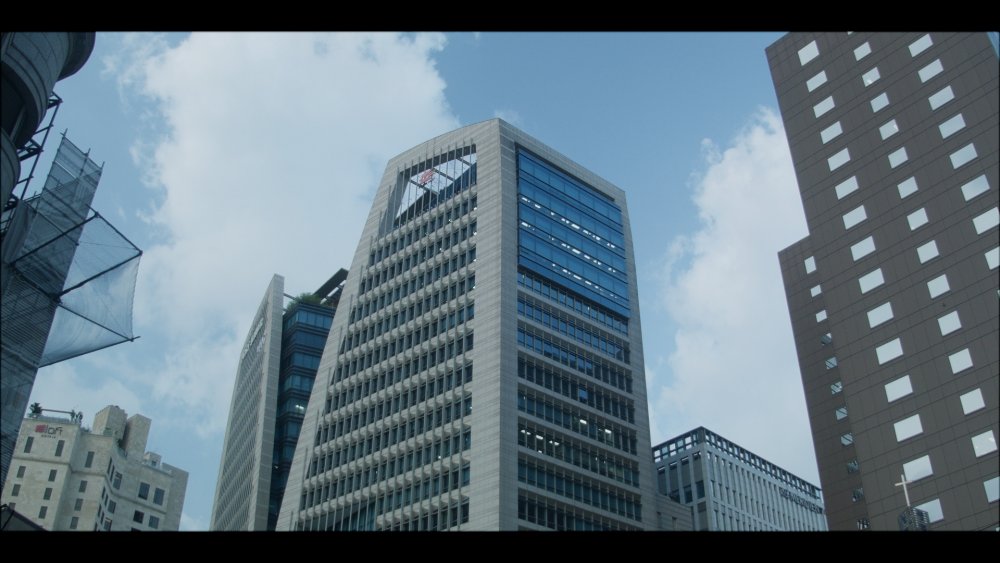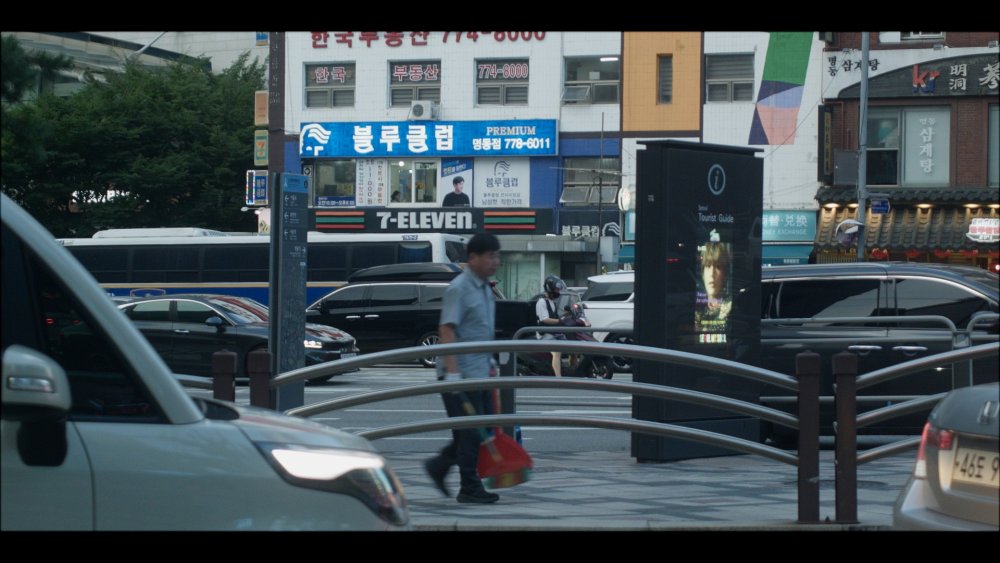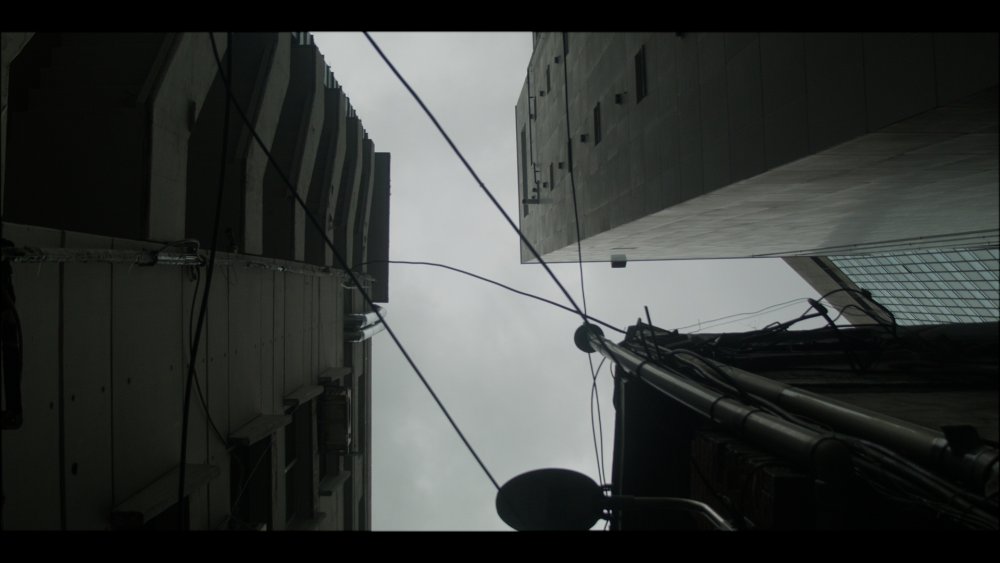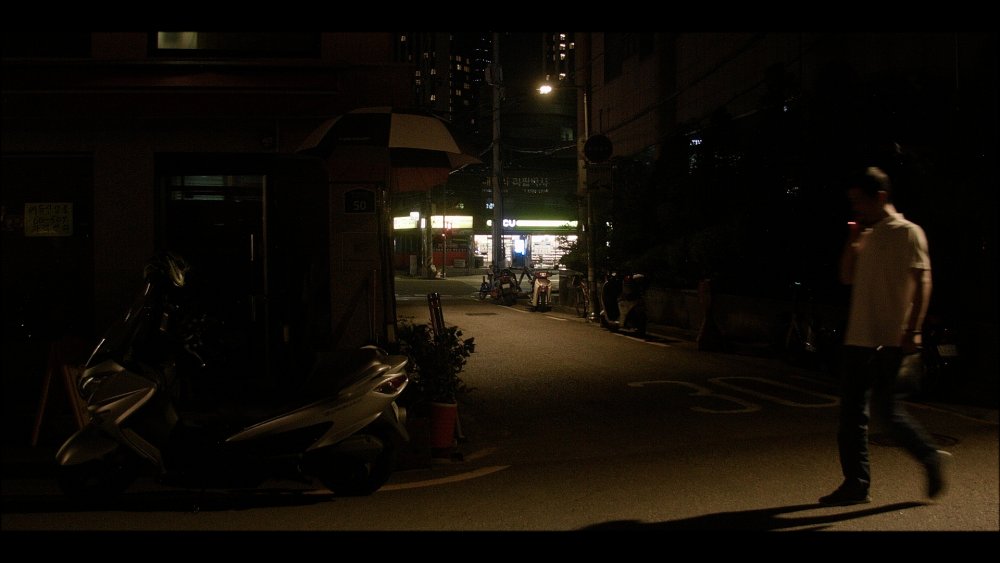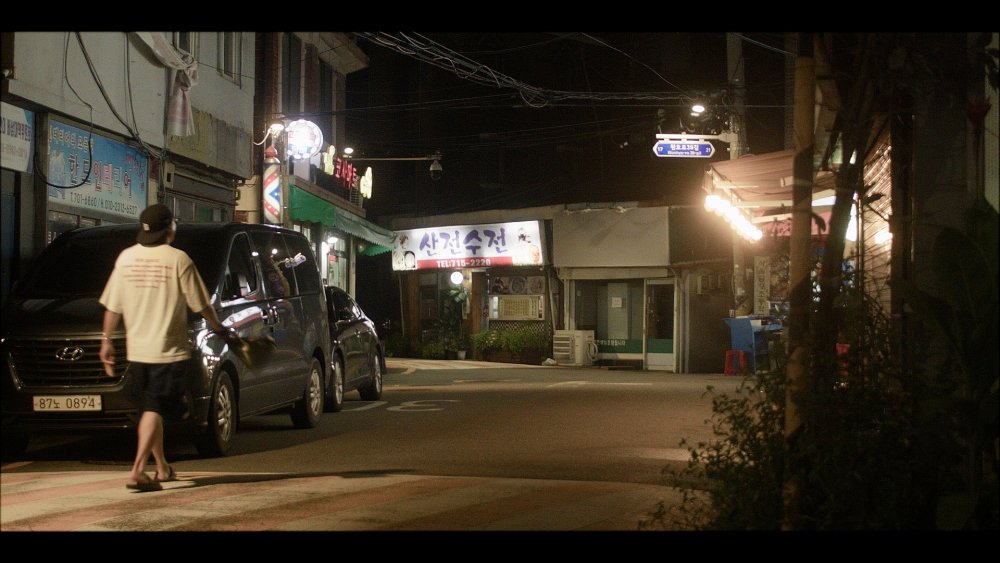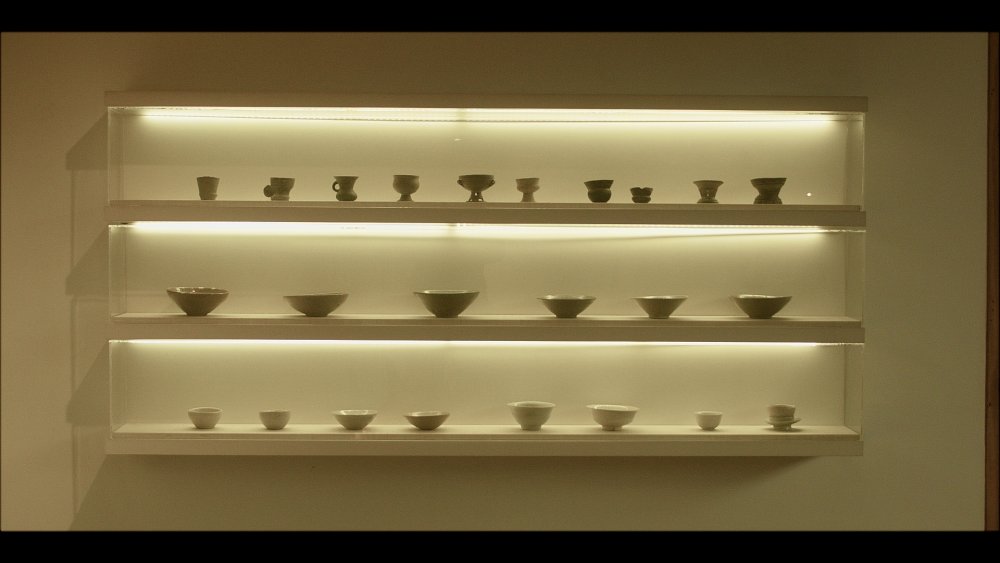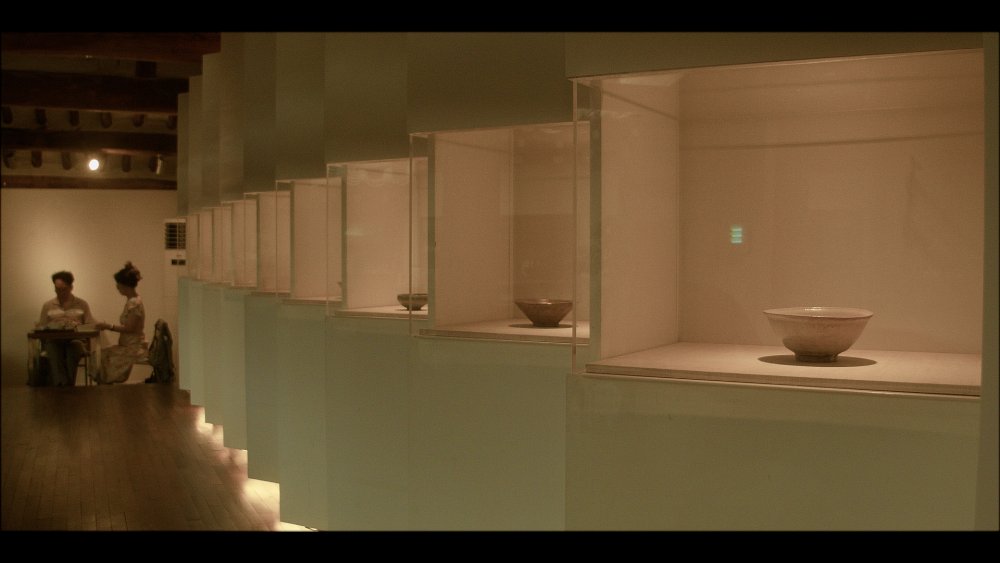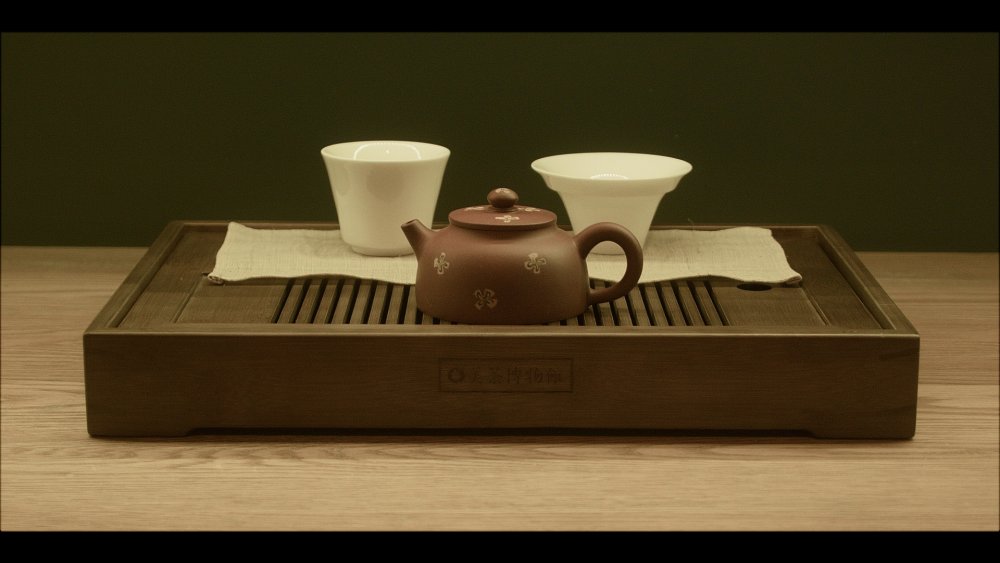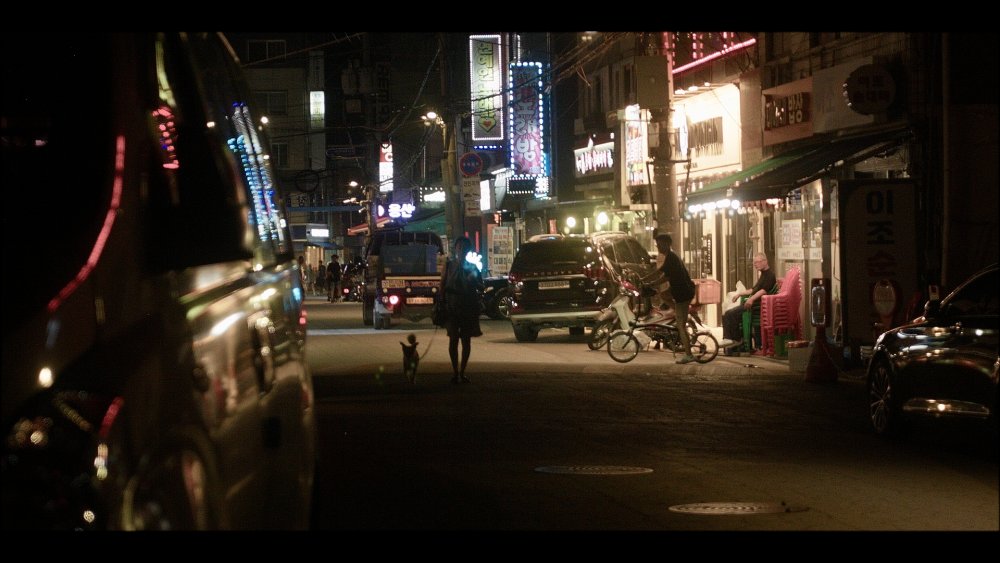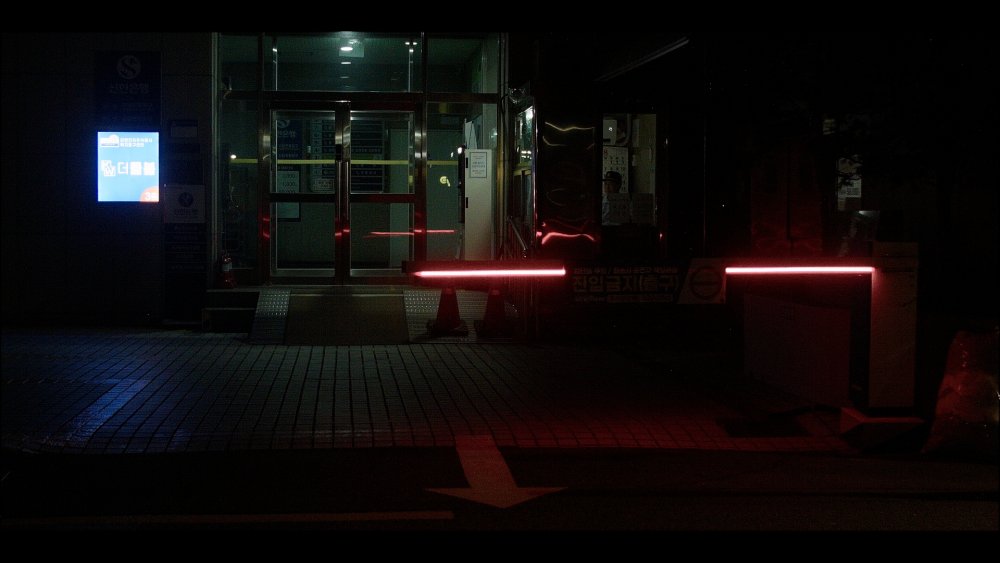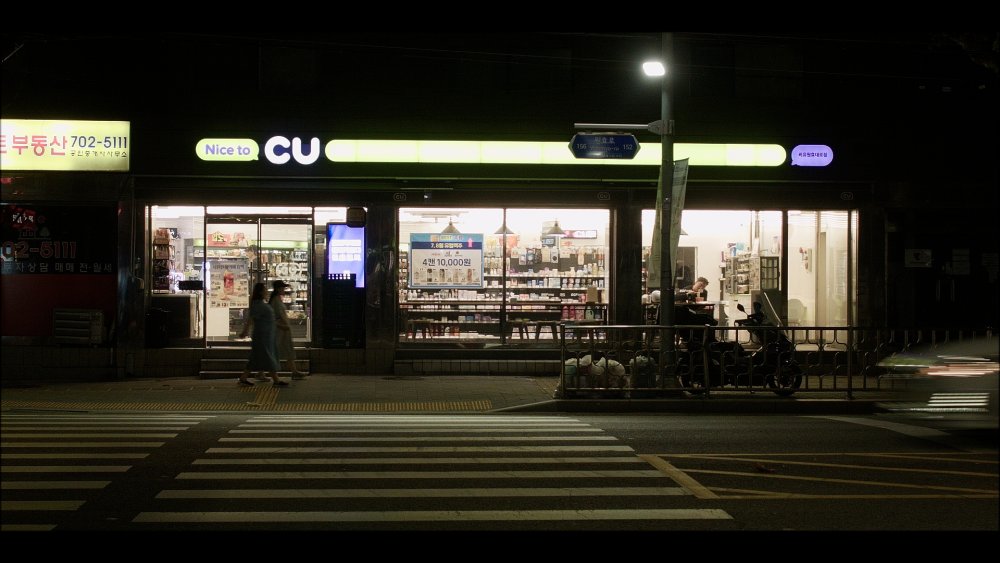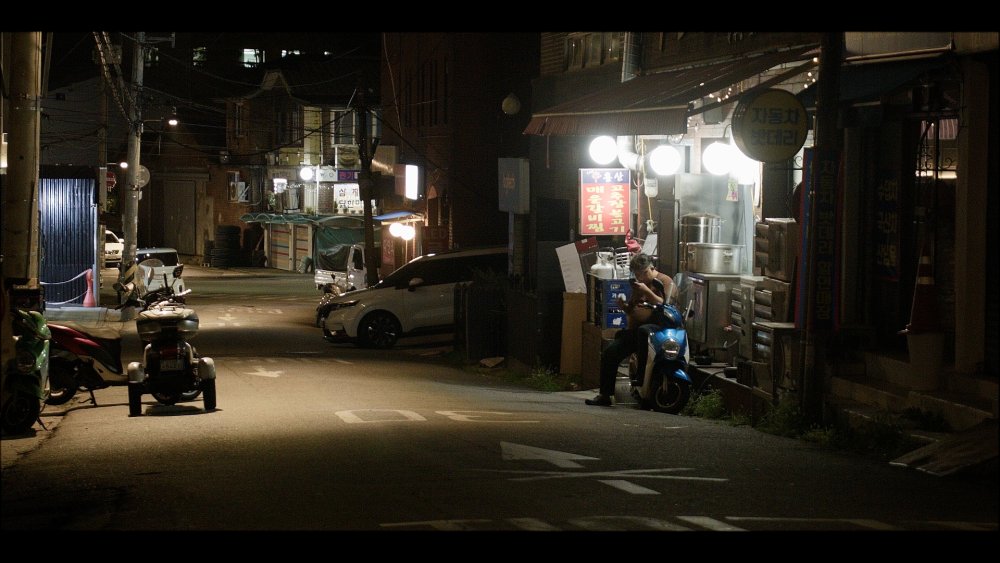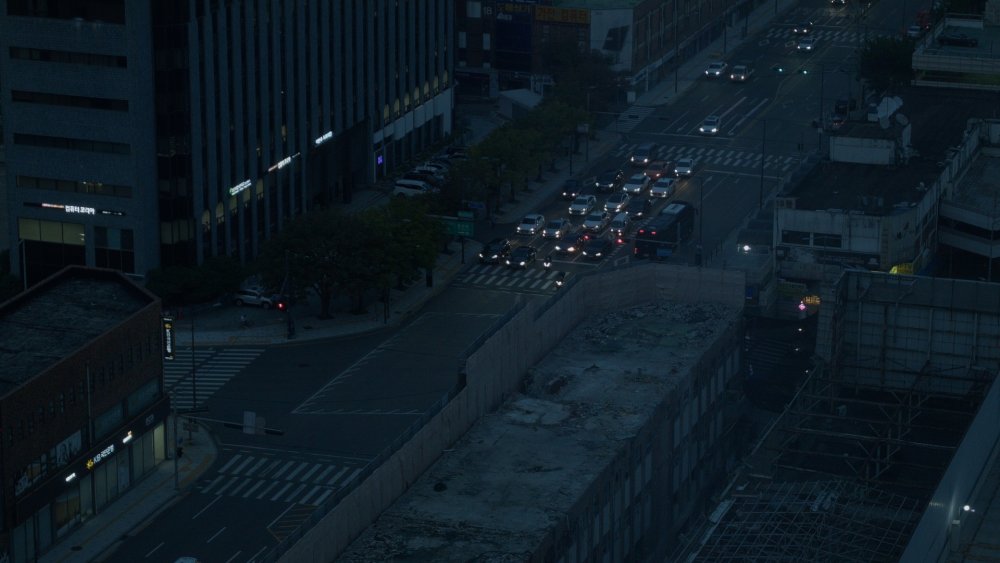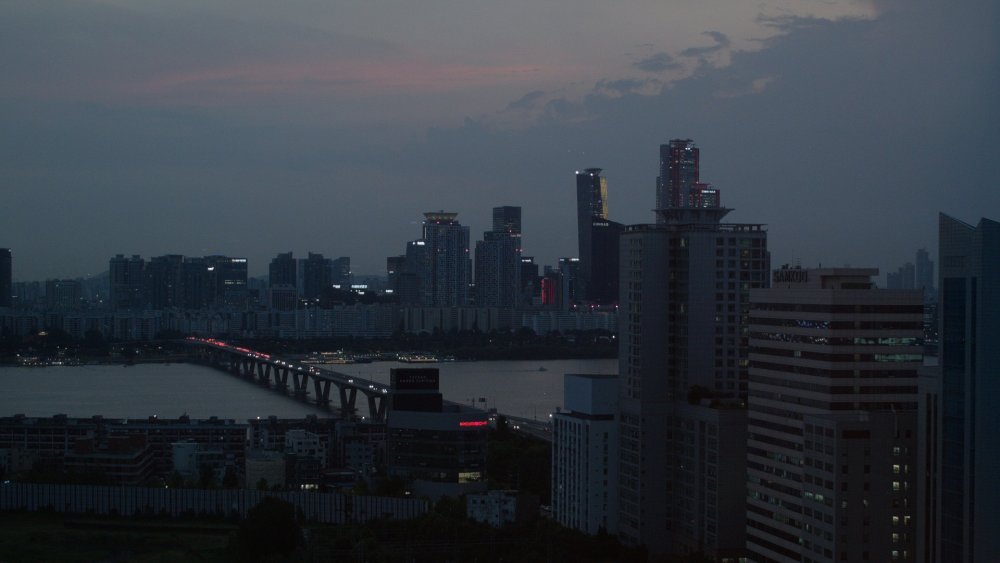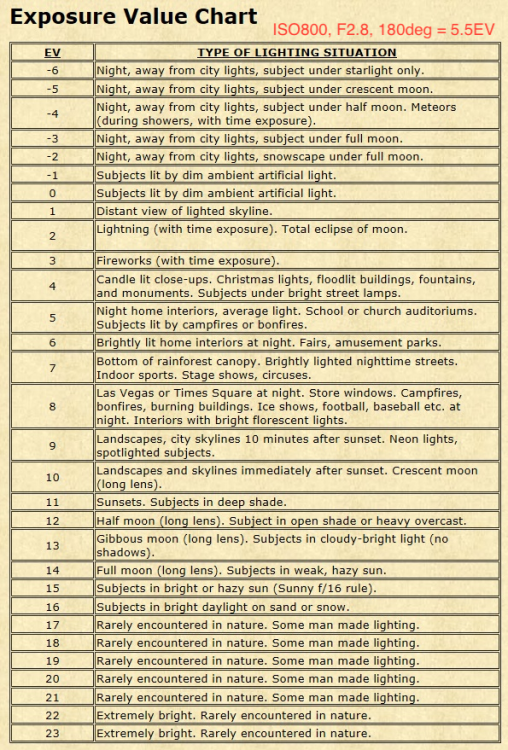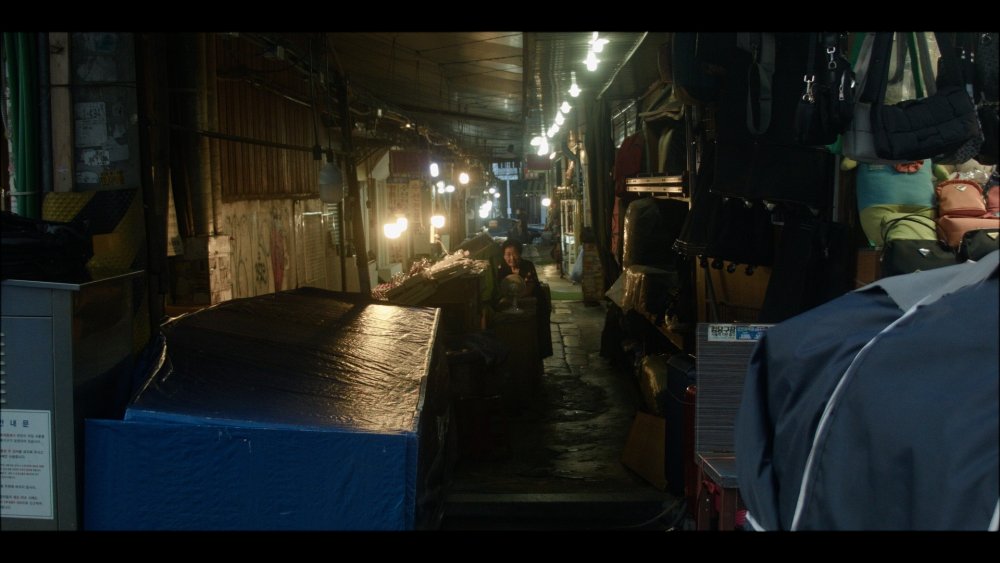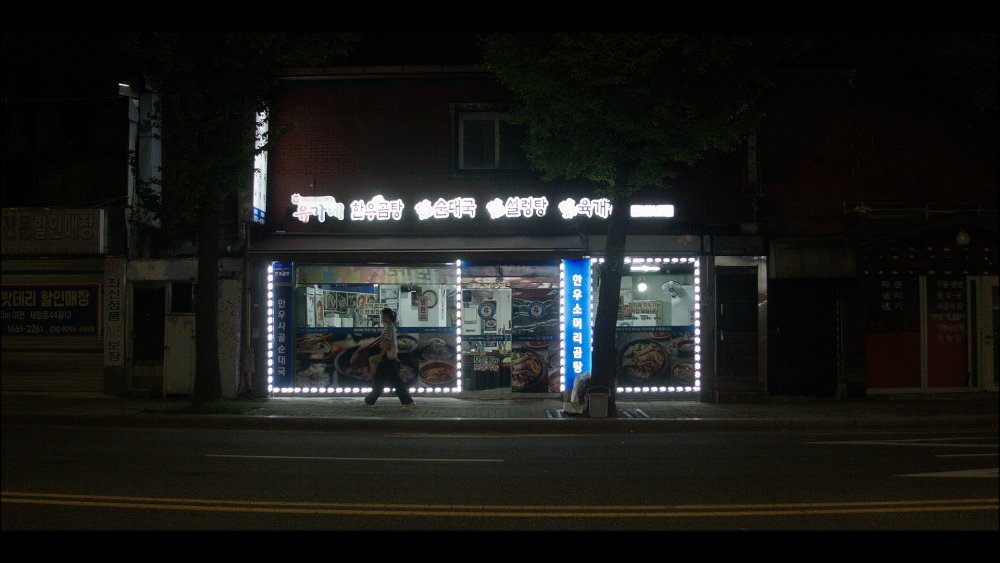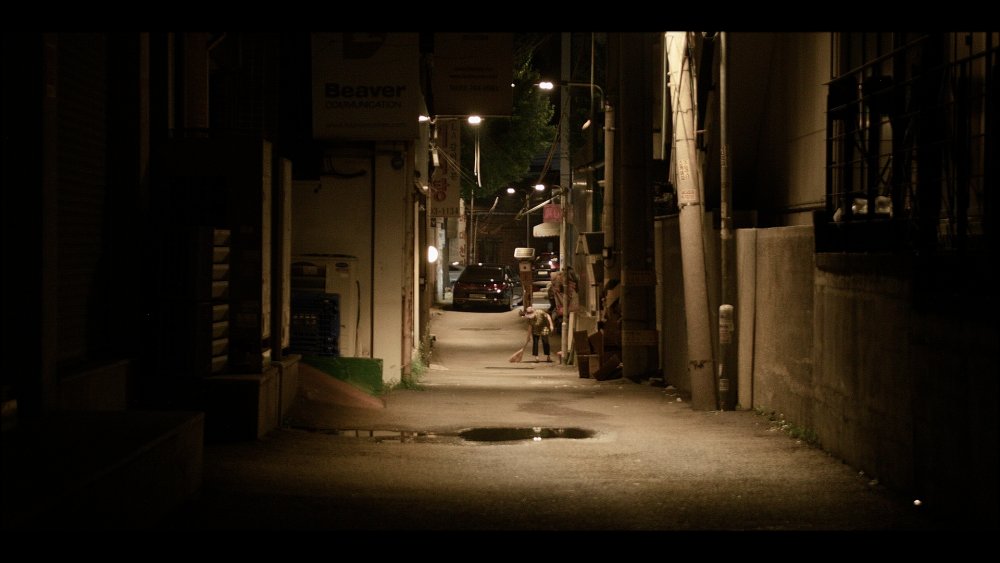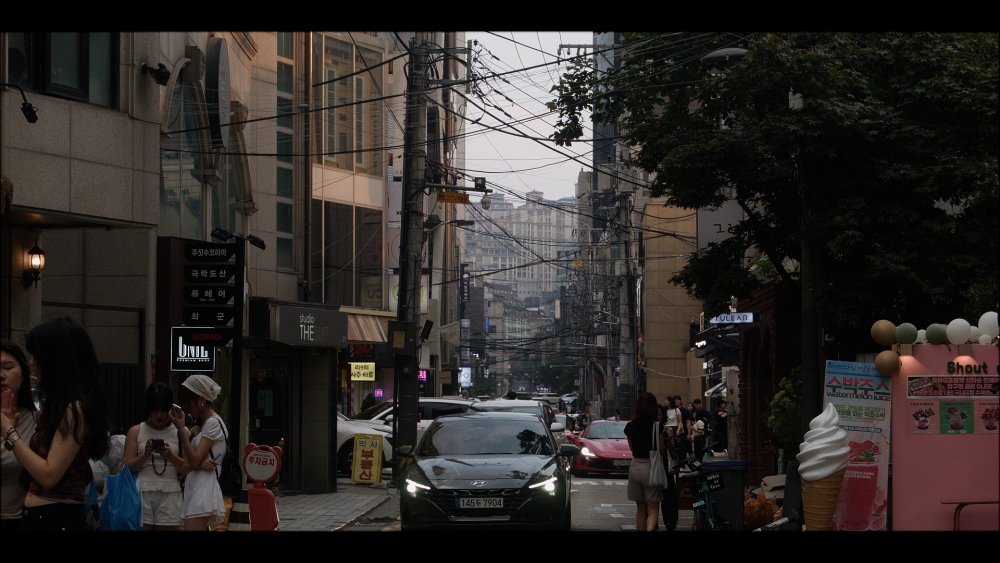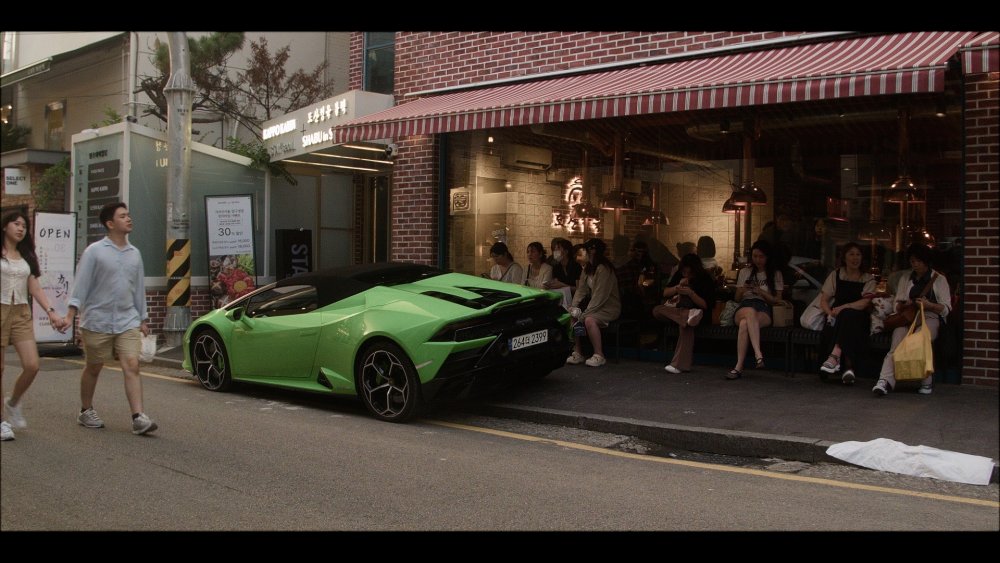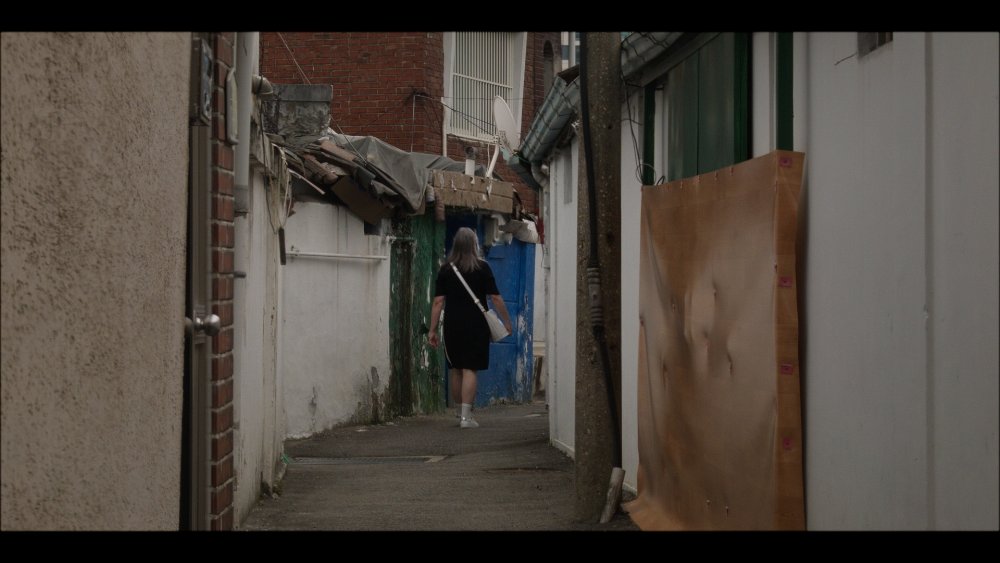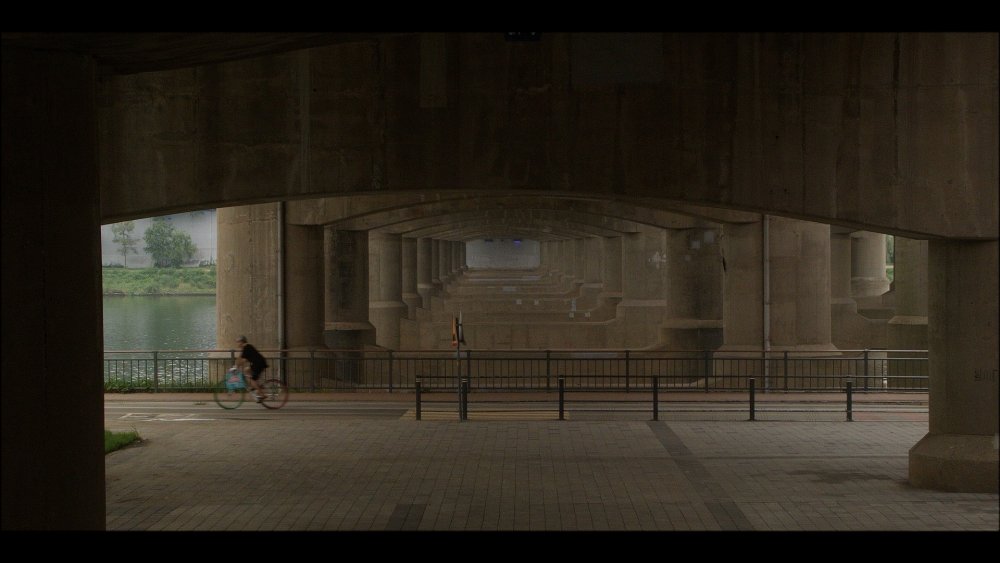Leaderboard
Popular Content
Showing content with the highest reputation on 08/31/2024 in all areas
-
Not clickbait, despite sounding like it. I'd say that it threw a spanner in the works, but it was more like a hand-grenade. I went to South Korea on holiday, and despite having a mostly-sorted setup based on GX85, I took the BMMCC and ended up shooting almost the whole trip on it. The rig The rig consists of: OG BMMCC - the 1080p one from almost a decade ago 12-35mm F2.8 lens IR/UV cut filter cheap vND filter (tried to buy a new one there but retail shops didn't stock what I wanted) Ikan 3.5" monitor Smallrig monitor mount (tilts forwards) curly HDMI cable from amazon (really tidies the rig up) 3 x LP-E6 batteries (two are older Wasabi ones and one was genuine a Canon one I bought there) Peak Design arca-swiss (mounted on the bottom) random wrist strap (looped through the arca-swiss plate Sandisk 128Gb SD card This ended up being a killer setup. A few highlights of the rigs performance are... Professional equipment The BMMCC is a cinema camera with fans and designed to shoot in harsh environments. The 12-35 is a professional lens. No BS overheating snowflake influencer crap here. This gave me confidence to use it in (light) rain, heavy humidity and serious sweatiness, and basically to not baby it. Fixed aperture zoom lens When setting up for a shot the vND setting from the last shot is probably in the ballpark for this current shot, even when going straight from a one end of the zoom range to the other. Flexible zoom range The zoom range was from 30mm to about 100mm. Sometimes it wasn't quite as wide as I'd have liked, but it suited the environment as Seoul, with a population of around 10M people, is one of the worlds megacities and is seriously compact, so most compositions would simply contain too much stuff if they had a wider FOV. You always miss shots when travelling, but I felt like I didn't miss that many. OIS on a cinema camera, even at the wide end Not a lot of OIS options for 12mm lenses outside of zoom lenses. Light weight This is a full cinema camera rig with 12 items, and yet weighs about 850g / 1.9lb. My GH5 weighs 750g / 1.65lb with battery and SD card, BUT NO LENS. Dynamic range No choosing between the sky or shadows. When shooting uncontrolled situations like this you often see things in post that you didn't see while you were shooting, so the flexibility is super-useful. Ok, so that's all lovely and all, but what was so transformative about it? These are things you could probably work out from the specs... Grenade #1: Shooting slowly is (mostly) shooting honestly. It's a cinema camera, so it's slow as f to shoot with. Yes, I know that practice makes you faster, but my phone will expose and focus in the blink of an eye, so comparatively it's far slower. So, you see a composition and you stand in the right place. Then you adjust the monitor angle if not shooting from the hip (as I prefer). Then you adjust the ND to expose. Then you adjust the zoom for the composition. Then you adjust the focus. With this kind of setup you have to rely on peaking, so you adjust it back and forth to see how much peaking is the maximum, then zero in on that. Then you hit record. This means several things: You are immediately obvious when you stop and start fiddling with a camera in public. There's no hiding. People aren't stupid, especially these days. You cannot be this obvious without getting comfortable with it. If you don't learn to be comfortable then you'll mentally implode before getting any shots, forcing you to relax and just play that role. By the time that you actually hit record, most of the people who were staring at you will have gotten bored and gone back to what they were doing. They don't know you hit record, so the shot will contain people who aren't suddenly paying attention to you. This was a revelation for me because it forces a different way of shooting. When you have a fast camera, you can act like a street photographer. You watch the people, you see something about to happen, you quickly point the camera, and capture THE DECISIVE MOMENT. This means you are shooting specific people doing specific things. Good freaking luck doing that with a fully-manual cine camera. When you have a slow camera, you probably can't anticipate moments far enough in advance to be ready in time, so you think differently. You find a composition and shoot it, and anonymous people drift in and out of frame in ways you didn't specifically anticipate. Sure, you can frame up a background and then wait for people to walk through it, and you could even see someone interesting a few hundred meters away and be ready when they walk past, but it's still a good distance from seeing something 2s before it happens and grabbing it. This has a massive caveat though. It's not a good way to shoot people you know, unless you're directing them or they're basically stationary. The way I've come to understand the difference between cinema cameras and video cameras is that video cameras are designed to capture the world as it happens, and cinema cameras expect the world to bend around them. There's lots of overlap now with that line blurring, but the concept is still a useful one, and the cameras with the best image quality still tend to be very self-centred. Grendade #2: Fixed WB is awesome. I used to shoot auto-WB because I used to think that you wanted 'correct' WB. This mostly works, but leaves you with tiny WB 'errors' that change during the shot. I used to think that the alternative was a fixed WB that would either be correct (if you took a manual grey-card reading at every location or whenever the lighting changed) or you'd use a fixed WB and then have to change it in post. This is probably still true if you're doing something where the WB has to be 'correct', but the only situations I can think of where this would apply is for professional work. I shot the whole trip on 5600K. So, why wasn't this a 'problem' creating shots with 'wrong' WB? Well, shots with warm light sources look warm: Shots with cool light sources (like a blue sky) look cool: Shots taken on a 'grey old day' look grey: ... and light sources that aren't on the warm/cool line will show as being coloured but don't look wrong - they just sort of look like that's what they looked like: and sometimes can even look beautiful: More to come, too many images to attach!4 points
-
S1HII Late 2024
eatstoomuchjam and one other reacted to KnightsFan for a topic
Imo we've plateaued in what a camera can deliver, and I would prefer companies start looking at ecosystems instead of specs. There are so many ways we can creatively apply modern technology. And I'm not talking about AI or any of that crap, I just mean quality of life improvements. Look at Samyang's Cine AF lenses. I haven't used them so I don't know about their image or build quality (they are suspiciously cheap...), but the innovation of switching between normal fly-by-wire AF in a tiny form factor, and then popping a front piece on and having proper hard stops and a 300 degree throw is amazing. Imagine putting a wireless receiver in a front piece for a follow focus without a gear or rails or rigging. There's no reason that approach can't be used for expensive, high quality lenses. There's also no reason that can't be done completely in body either by companies that create both bodies and lenses. Panasonic has my respect for putting 32 bit into an XLR adapter for sure. They should make one that also has a wireless receiver and digital transmission of that recording from an XLR or lav module. Synced, clipless, wireless audio directly in the video file would be amazing. Obviously everyone talks about NDs. I don' think there's room in a FF hybrid to fit an ND module with a clear option. One thing that was an eye opener when I owned a Z Cam was how good their app was and how much I relied on it. Wireless low latency monitoring and control with no extra boxes or batteries. It's sort of unbelievable that they are the only camera company that nailed their app. None of those suggestions are all that difficult. None require any technological innovation. But I would personally find those much more useful than incremental AF or dynamic range improvements past the excellent offerings we already have.2 points -
That's all I can think of for the moment, and I'll take a long time for me to digest what I do with this info. One final observation was how hot the camera got. For the unfamiliar, the BMMCC has huge grills on each side for the integrated fan (and as one of the smallest cameras on the market it really shows there's no excuses) and for those who haven't experienced it - it pumps out hot air the whole time! I previously mentioned that the camera was exposed to sweaty conditions, which was absolutely true (I was drenched with sweat basically the whole time I was outside) but part of that was that the camera was this little hand-warmer blowing hotter than normal air on my hands. This really gave me an appreciation of how serious the challenge of camera thermal management is. I'd suggest that technology has likely gotten better since they made this camera, but the amount of data processing has also gone up, so perhaps that evens it out - I don't know. It made me appreciate that I didn't need to worry about other cameras that may well have overheated in these conditions. The heat this gives off, combined with the deep shadows and moody images from shooting in the rain, really made me think this would be a great camera to shoot with in winter. Not only would the images be moody and cinematic, but it would keep your hands warm!1 point
-
Grenade #5: OIS with a good implementation is mostly good enough. I'm used to IBIS and more recently Dual-IS (which is IBIS and OIS combined) and had previously shot with OIS-only and disregarded it because it doesn't stabilise roll. I'm also used to the 'tripod mode' on the GH5 which maintains a motionless frame with the IBIS like it's locked-off, which I missed on the GX85 which gives a bit of a floaty image. The BMMCC maintains a very steady frame with the OIS, but doesn't fight you if you want to move the frame, so it creates still compositions but also allows smooth movement. I can still tell from the footage when I was tired or low in blood-sugar or just generally struggling - it was over 30C / 86F and 70% humidity, so pretty demanding on the arms to hold a very small and lightweight camera perfectly still for hours and hours. To counter the roll motion, I took to using my left hand to 'cup' the camera and lens and put my thumb up onto the side of the monitor, which helped stabilise any roll motion / jitters. It didn't work perfectly, as in this orientation any rotation of my forearm translates to roll motion in the camera, but for the most part the jitters are small enough that using stabilisation in post can clean them up almost perfectly. There was still a bit of sudden-blur on the odd frame here or there where there was motion-blur while the shutter was open, but considering the subject matter is a large city with the grunge and grit as well as the glitz and glamour, it's aesthetically appropriate.1 point
-
Nice! Did you keep the ISO at 800 (or 400) all the time? For daylight 800 seems to be the best choice as it gives the best highlight protection; darker shots work best at ISO 400 (counterintuitively) because you get less noise in the shadows, but if you're crushing the blacks anyway you might as well just keep it at 800 all the time. Whoops, we were posting at the same time; you just answered my question in your post above!1 point
-
Grenade #4: Low light cameras and lenses aren't strictly needed. This was a surprise, but ISO 800 and an F2.8 lens is (almost) all you need, even for low-light situations. The BMMCC has an ISO 1600 mode, but I did a side-by-side and the 1600 shot was still noisier than the 800 shot even after it had been darkened by a stop in post to match exposure. The BMMCC is a pretty noisy camera though, and I did ETTR whenever I could. For the really low-light situations I ended up taking off the vND, which is still something like 1-stop when at its lightest setting, but even that wasn't needed for most situations. The secret to making this combo work is to actually have blacks in the frame. This seems to be something that only professionals do now, amateurs all have milky shadows for some unknown reason - perhaps they think they're emulating film when in fact film would crush your blacks faster than the YT comments section will crush your dreams. These are all shot at ISO 800, with me cheating an extra stop by going to a 360 shutter. After doing that cheat, I ended up dropping exposure significantly in post on most shots, so I probably didn't need to cheat that much: These are also shot at ISO 800, but might have been with the 50mm F1.2 prime I also took with me, and were tripod shots: (These last two shots also had a WB change in post to get the cool tones, but most of the other shots I've posted had no WB changes in post at all) I am contemplating an 85mm F1.4 prime to give extra reach for very low-light situations but it's a pretty speciality thing. I also took with me the 7.5mm F2, 17mm F1.4 and 50mm F1.2 primes. The reason I took these is specifically for very low-light situations like going to a look-out at night and wanting to capture the city lights cleanly and get a little bit of exposure on the things they're illuminating rather than simply getting a black frame with individual pixels lit up by the lights directly. Having a dual-ISO camera would really simplify this, because if the second native ISO was 2.5 or 3 stops above then the F2.8 lens would turn the T2.8 exposure into a T1.0 or T1.2 exposure which makes a big difference into reaching into the blackness. Here's a table of common scenarios, where ISO 800 at T2.8 and 1/50 shutter speed = exposure value of 5.5: As you can see, lots of night situations you'd find yourself in are brighter than the 5.5 with 6 and 7 being common night situations. The other thing to take into account is that 5.5EV is probably better than most of us can see at night with our eyes, so if it's too dark to film, you might not be inclined to be there in the first place (unless you enjoy walking down dark alleyways in foreign cities at night with expensive camera gear).1 point
-
Grenade #3: Restricted zoom range and cropped monitoring give scale to compositions. This is a combo one. After decades of shooting travel and street, I compose on instinct and if I wanted to override that, I have to concentrate. Often while shooting my whole capacity is being used elsewhere, so I get what I compose on auto-pilot, but the gotcha for these is that I compose using the monitor, which is normally 16:9. If you later want to crop then subjects are too tall in the frame, so it doesn't work. Cameras often have completely rubbish crop lines for their display - some are barely visible - let alone strong enough to get my autopilot to use them for compositions. The BMMCC is different - the frame guides are 100% opacity black bars. This is perfect because that real estate can still be used to display settings, but isn't displaying misleading parts of the frame. So, this part encourages me to not make the subjects too big in the frame, but the 100mm limit of the 12-35mm lens goes even further - it makes far away subjects even smaller in the frame. What I find is that is that this can really give a sense of scale to the world - we tend to measure everything against the size of humans after all. I've seen people talk about how the greats of cinematography aren't afraid to make the humans small in the frame and how this is something less awesome people don't do - this combo helps! This point might be a little lost if you're reading this on your phone instead of on a 70" TV like you should be doing, and movement also helps because with most of these shots the composition is static so the buildings are motionless and the movement of the people really helps them to stand out in the frame.1 point
-
I have an alibi.1 point



